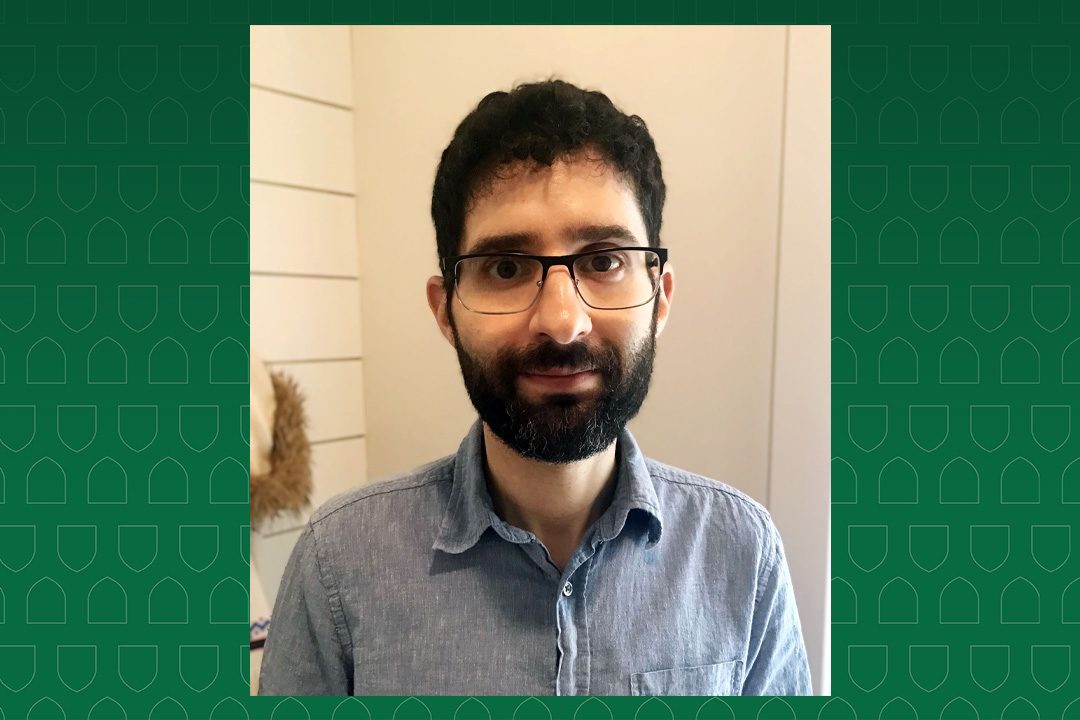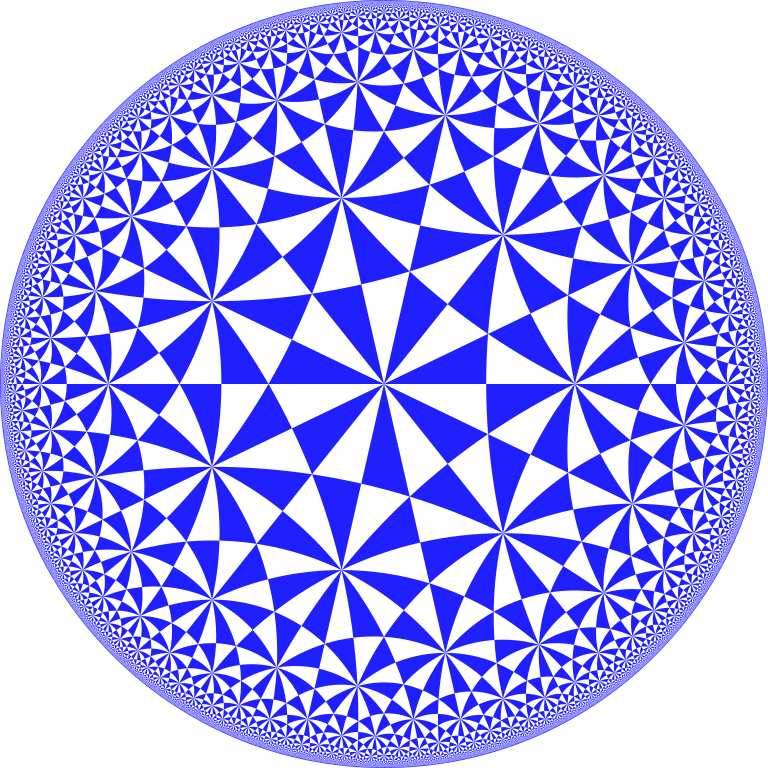
New era for quantum computing possible thanks to warped crystals: USask research
Muted by the eventual avalanche of news reports about the emerging COVID-19 crisis was an announcement in fall 2019 that a quantum computer developed by Google had performed a complex calculation in 3.3 minutes that would have taken the world’s fastest supercomputer 10,000 years.
By Sarath Peiris for USask Research Profile and ImpactThe technology behind revolutionary advances such as quantum computing is only made possible by new types of materials that perfectly conduct or insulate electrical currents without the kind of conventional power transmission faults that occasionally see lights dim in homes, for instance.
The discovery of these quantum materials was the subject of the 2016 Nobel Prize in Physics.
Now, University of Saskatchewan (USask) mathematician Dr. Steven Rayan (PhD) and University of Alberta physicist Dr. Joseph Maciejko (PhD) have developed a whole new theory of quantum material, based on a non-standard geometry called hyperbolic geometry.
Their work points to the possibility of developing a larger class of quantum materials than previously known, opening the door to developing components for wider technological applications and advancements.
The highly technical paper explaining their exciting discovery is titled Hyperbolic band theory, and was just published in the high-impact, prestigious journal Science Advances.
Rayan is an associate professor in mathematics and statistics, and the director of USask’s Centre for Quantum Topology and its Applications (quanTA). Maciejko is an associate professor in physics at U of A and director of the Theoretical Physics Institute.
“When you switch to this warped geometry, you discover conductivity behaviours that are not possible in the prior class of quantum materials that are based on an ordinary crystal structure,” said Rayan.
“Our paper gives scientists who are exploring quantum materials and quantum circuits something new to look for,” said Rayan.
“Our paper is really a challenge to the science community: can we physically engineer and bring to life this new class of hyperbolic quantum material, and can we apply them in creative ways to emerging technologies such as quantum computers?”
Quantum materials require very stringent conditions, such as super-cool temperatures, to enable their special behaviour. While currently known quantum materials have a simple crystal-like geometry, Rayan and Maciejko want to find other materials with a warped crystal structure that exhibit fault-tolerant conductive behaviour at slightly higher temperatures in an environment where a single-degree difference is a game changer.

Interest is high in developing quantum computers because not only are they almost magically faster than any current supercomputer, but can quickly analyze problems with thousands of possible scenarios and provide the best solution.
Rayan said this capability is particularly valuable in designing vaccines and drugs, and in other applications such as developing smaller, less expensive, and more accurate MRI technologies for use in remote areas or in harsh environments.
His contribution to the research was funded by the Tri-Agency through a New Frontiers in Research Fund (Exploration) grant, by NSERC through a Discovery Grant, and by the Pacific Institute for Mathematical Sciences through its Collaborative Research Group program.
Link to the paper: https://www.science.org/doi/10.1126/sciadv.abe9170

